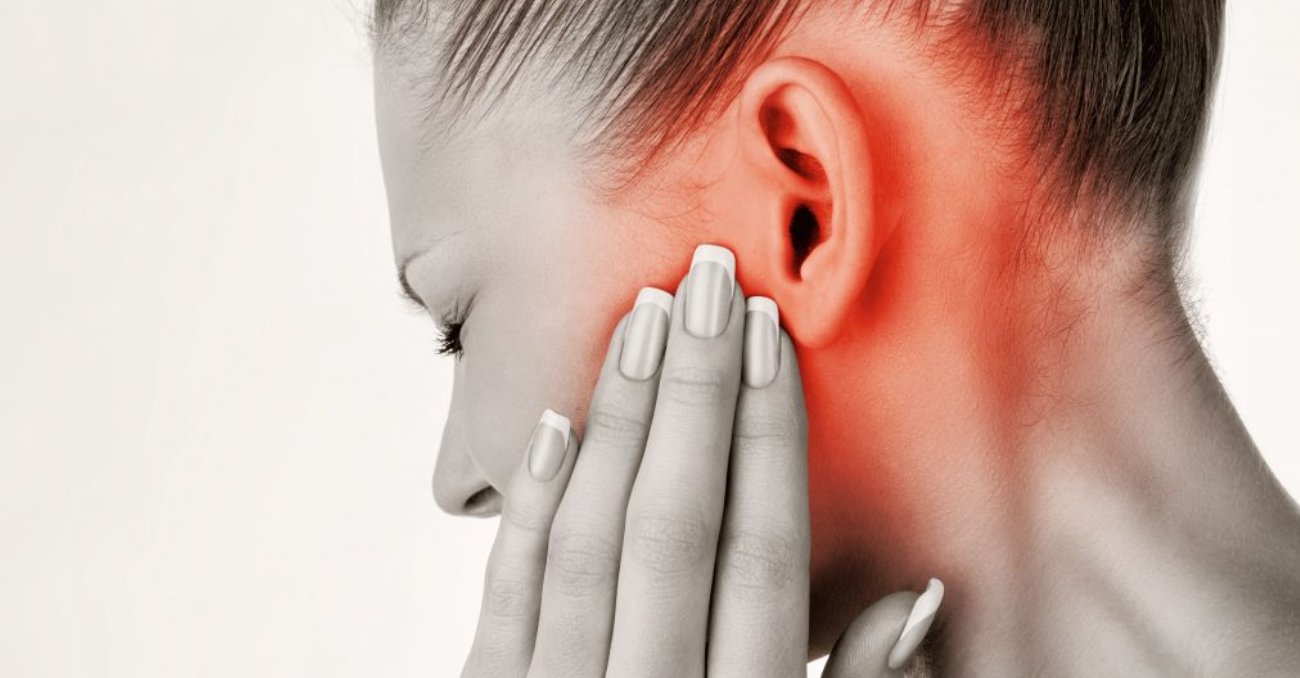
Common ear diseases
The ear is a complex organ that is responsible for hearing and balance. It is made up of three main parts: the outer ear, the middle ear, and the inner ear. Each part of the ear can be affected by a variety of diseases and conditions.
Some of the most common ear diseases include:
-
Otitis media: This is an inflammation of the middle ear, which is the air-filled space behind the eardrum. Otitis media is most common in children, and is usually caused by a viral or bacterial infection. Symptoms of otitis media include earache, fever, and hearing loss.
-
Swimmer’s ear: This is an infection of the outer ear canal, which is the tube that runs from the outside of the ear to the eardrum. Swimmer’s ear is often caused by exposure to water, such as swimming or bathing. Symptoms of swimmer’s ear include earache, itching, and discharge from the ear.
-
Meniere’s disease: This is a disorder of the inner ear that causes vertigo, or dizziness and spinning. Meniere’s disease can also cause hearing loss, tinnitus (ringing in the ears), and a feeling of fullness in the ear.
-
Tinnitus: This is a condition that causes ringing, buzzing, or other noises in the ears. Tinnitus is a common problem, and can be caused by a variety of factors, including noise exposure, aging, and certain medications.
-
Hearing loss: This is a decrease in the ability to hear. Hearing loss can be caused by a variety of factors, including noise exposure, aging, and certain medications.
If you are experiencing any of the following symptoms, it is important to see a doctor:
- Earache
- Hearing loss
- Dizziness
- Tinnitus
- Discharge from the ear
- Itching in the ear
Early diagnosis and treatment of ear diseases can help to prevent hearing loss and other complications.
In addition to the diseases listed above, there are many other ear disorders that can affect people of all ages. If you are concerned about your hearing or have any other questions about ear health, please talk to your doctor.
What Are Some Common Diseases of the Ear?

While most people know about hearing loss, many other conditions can affect the ears too. Some are just annoying, but others can cause discomfort. What’s more, these diseases can have a knock-on effect on your hearing, exacerbating any existing hearing loss that you may have.
Knowing about the conditions that could affect your ears is essential. Here’s a rundown of the most common diseases of the ear.
Swimmer’s ear

Swimmer’s ear, also called otitis externa, is an infection that people develop between the eardrum and the outer ear (the bit that you can see on the side of the head).
The name arose from the fact that swimmers would often develop infections while doing lengths in untreated pools. Dirty water would enter the ear canal and provide opportunistic bacteria with a chance to multiply. Eventually, their numbers would get out of control, and the body would send immune cells to the site, causing painful inflammation and swelling.
Swimmer’s ear, however, can happen to anyone, particularly following overzealous cleaning.
Infections of the middle ear
Swimmer’s ear primarily affects the outer ear. The majority of ear infections, however, take root in the middle ear – the bit between the eardrum and the cochlear.
Many microbes cause ear infections, including bacteria and viruses. Typically, these invaders start in another part of the body. For instance, if you have a cold or flu, then you are much more likely to develop an ear infection. Viruses and bacteria can migrate up the tubes that connect the respiratory system to the ear, leading to symptoms. They then become established in the middle ear, provoking inflammation.
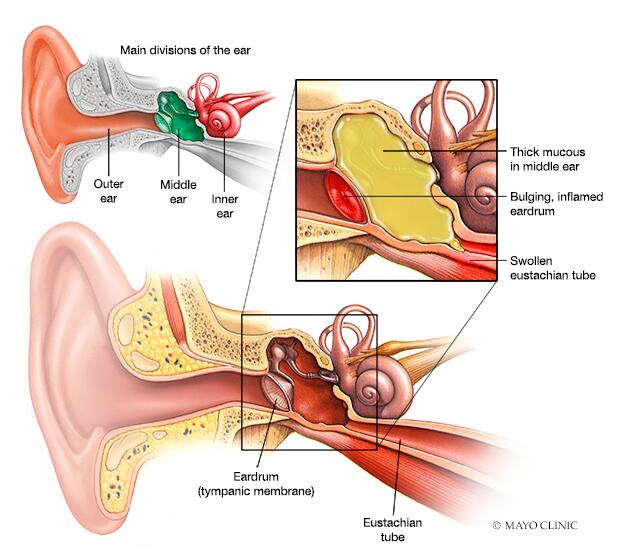
Blocked ears
Our ears naturally produce wax from small glands that line the ear canal. The purpose of this sticky, gooey substance is to trap incoming dust and microbes and prevent them from penetrating the eardrum.
When it functions correctly, it collects these particles and shifts them to the opening of the ear where they dry and then flake off. Sometimes, though, the body produces too much earwax. It then becomes stuck in front of the eardrum and hardens, making it tough to remove.
Patients with blocked ears experience muted and muffled sounds. They can also develop secondary infections around the blockage since the wax is no longer able to remove invading bacteria from the ear canal.
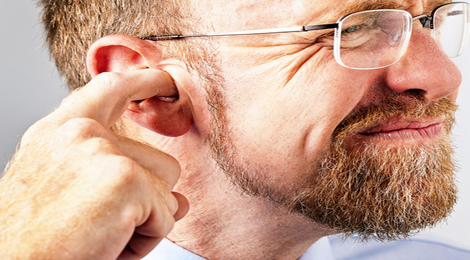
Meniere’s disease
Meniere’s disease is a condition that results from the excess fluid buildup in the inner ear. When machinery inside the ear becomes saturated, they are no longer able to carry out their regular function. In turn, this leads to problems with hearing and balance, as well as a sensation of pressure inside the ear.
There is no cure for Meniere’s disease, but there are lifestyle modifications that reduce the severity of symptoms. ENT doctors will often ask their patients to take medication, engage in stress reduction exercises, increase their level of physical activity, and try natural therapies to reduce symptoms. Surgery is an option of last resort for the most severe cases.
Otosclerosis
Otosclerosis is a condition of abnormal bone growth in the ear.
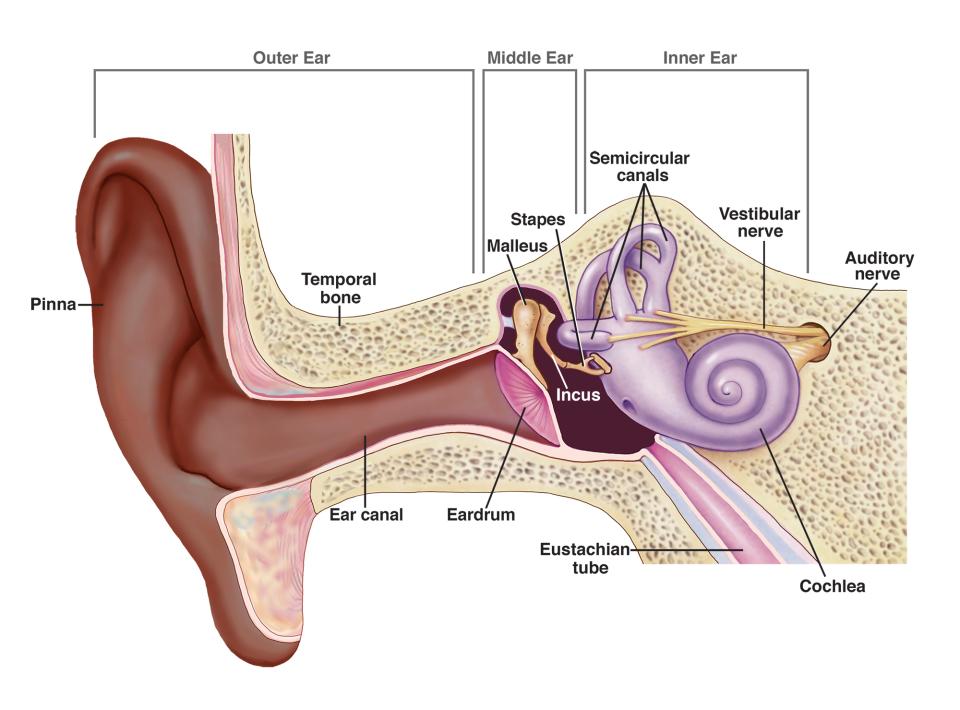
The ear is a complex system that relies on a series of mechanisms to convert incoming sound waves into nerve impulses. Part of this mechanism relies on a tiny bone, called the stapes bone. Usually, this bone is free to move in its pouch and transmit information further along the chain. But in people with otosclerosis, it can grow so large that it no longer moves. And when that happens, it can no longer pass on incoming sound signals to the inner ear.
Treatment for otosclerosis usually follows one of two paths. Either the patient is recommended to wear hearing aids, or they go for surgery to reduce the size of the bone.
The surgical option is called a stapedectomy, and ENT specialists carry it out.
Changes in pressure
The ear is sensitive to changes in pressure. If the pressure inside the ear is higher than the pressure outside, then it can result in discomfort.
Pressure change isn’t a disease in itself, but it is a common occurrence.
Some people, for instance, experience intense pain while flying. As the plane comes into land, the cabin repressurizes, and then puts pressure on the ear, which can’t adjust. Scuba divers and mountain climbers can experience similar symptoms, such as hearing loss hearing and feelings of fullness in the ear.

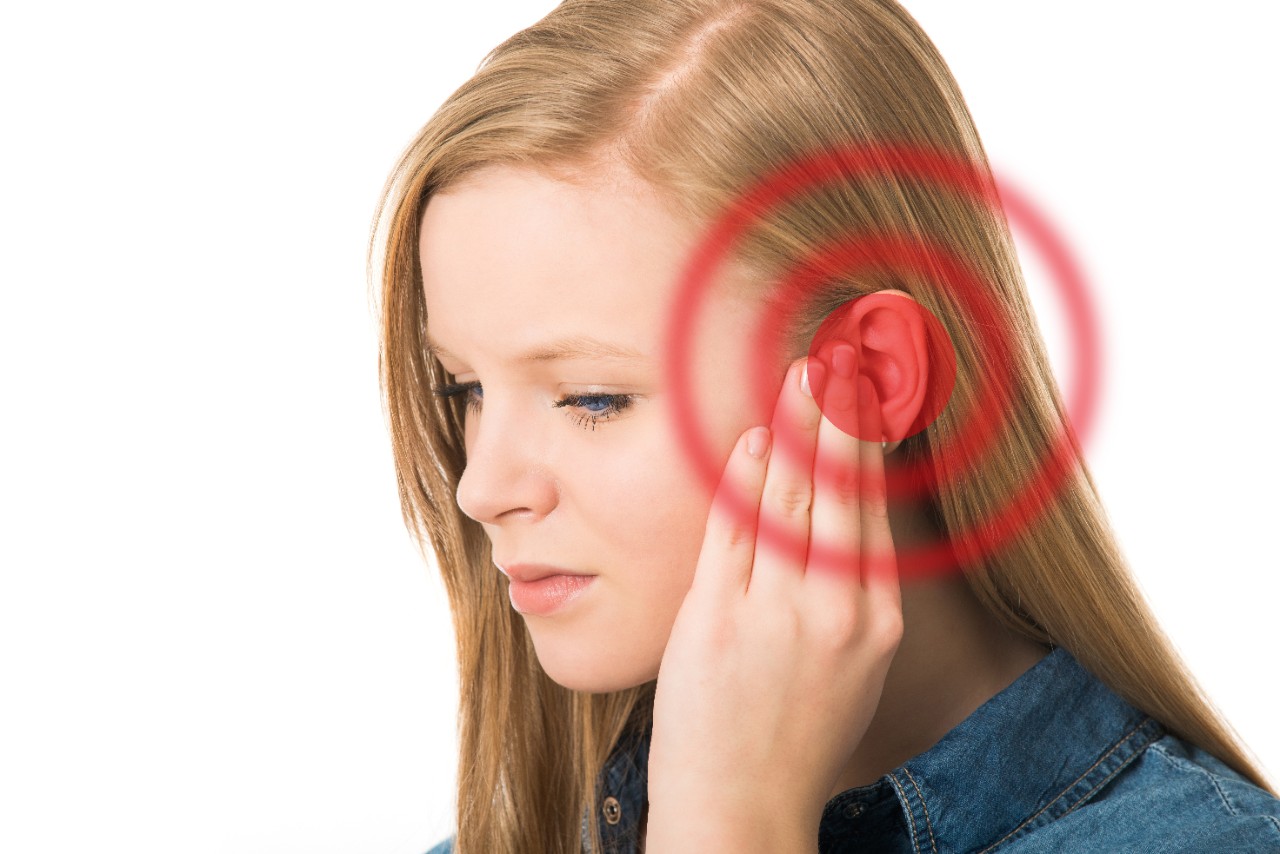
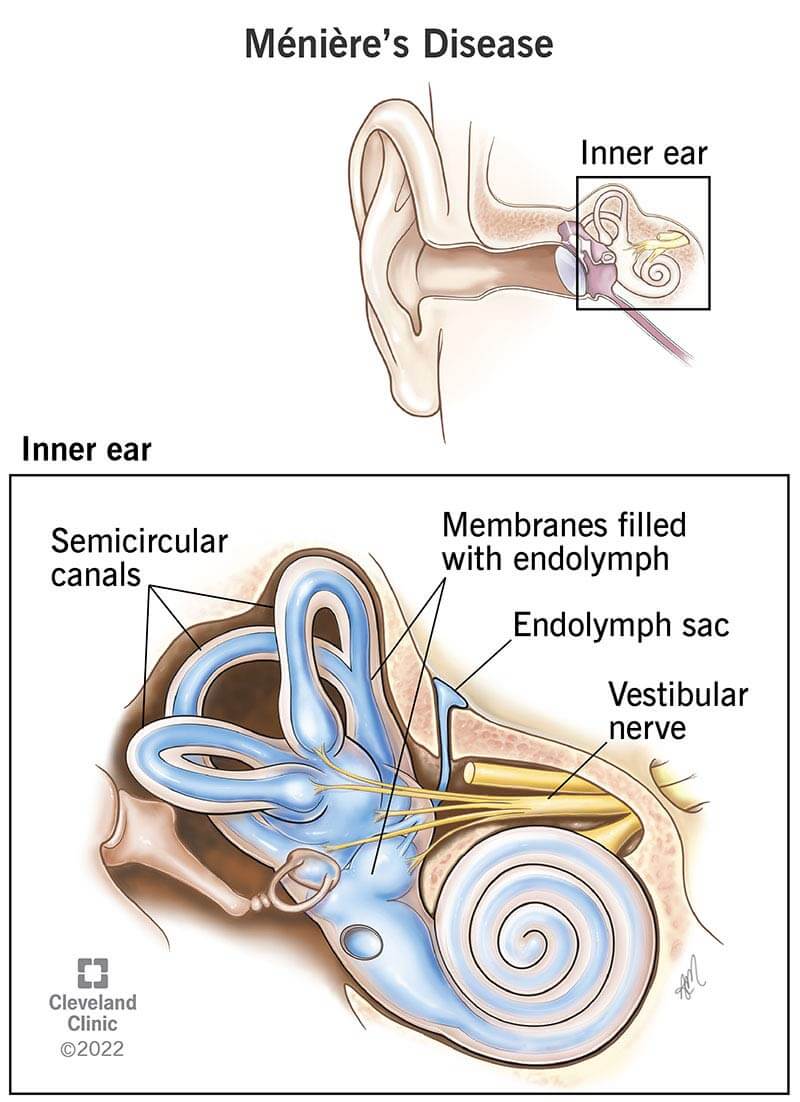
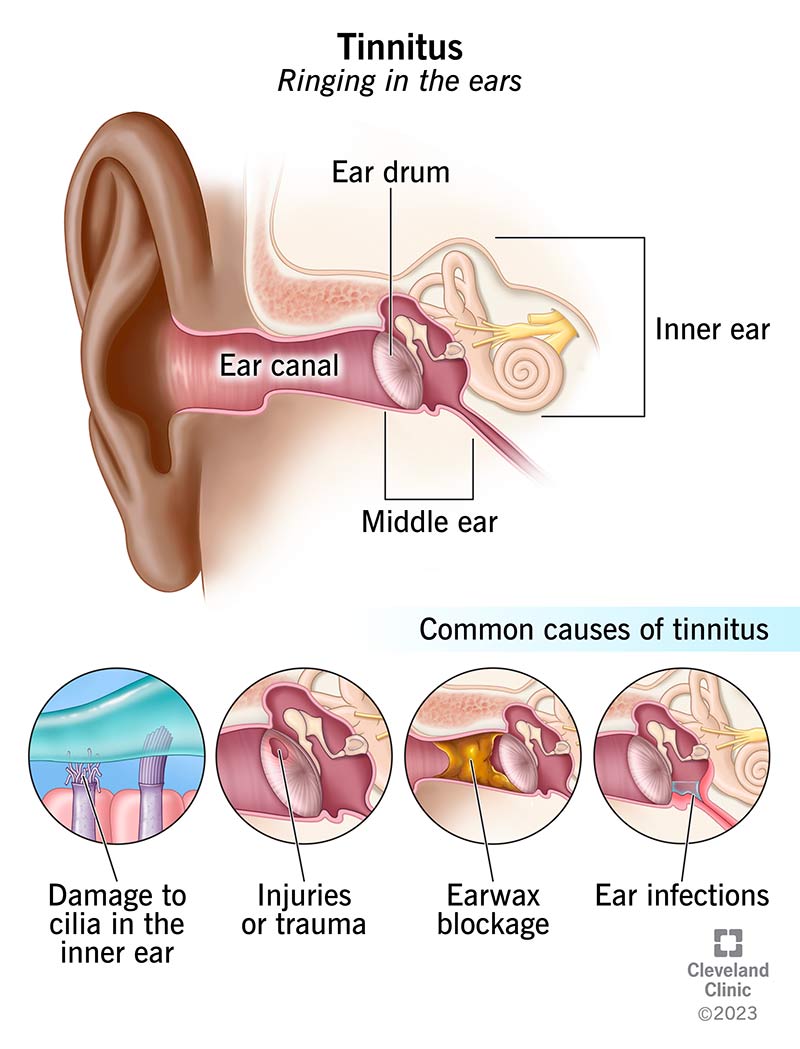
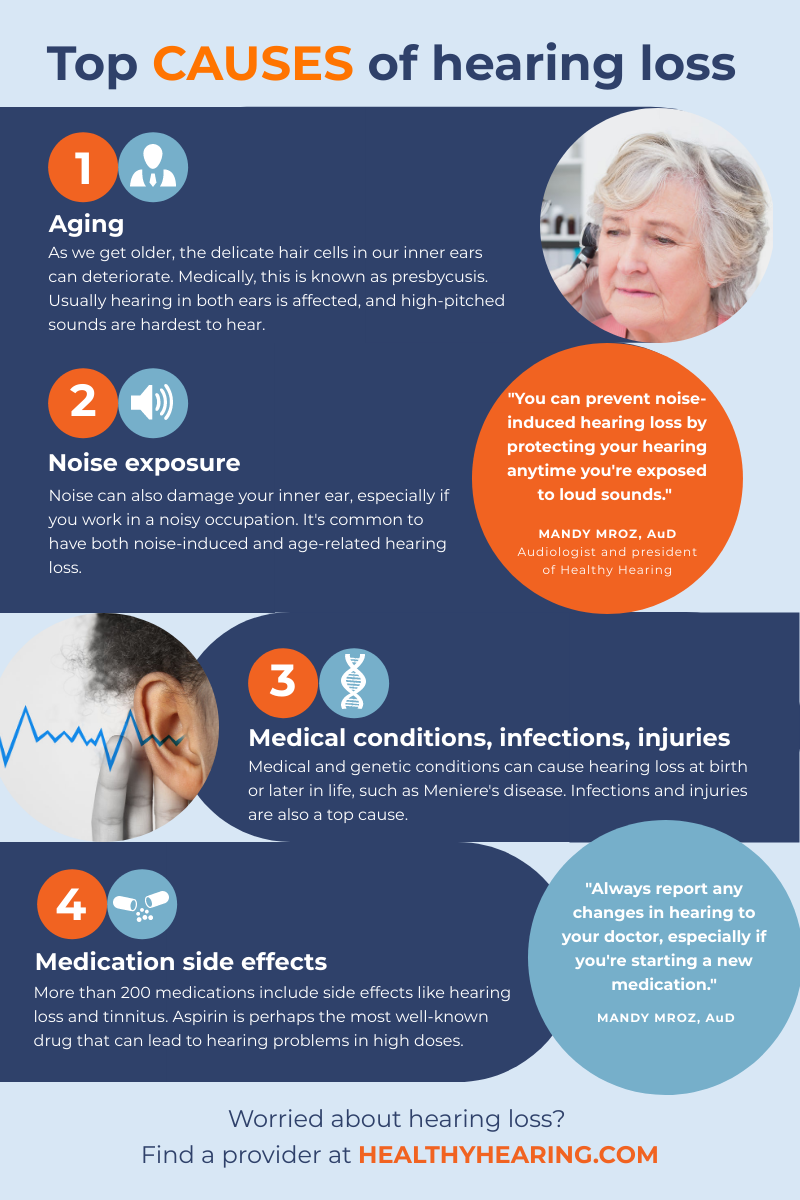







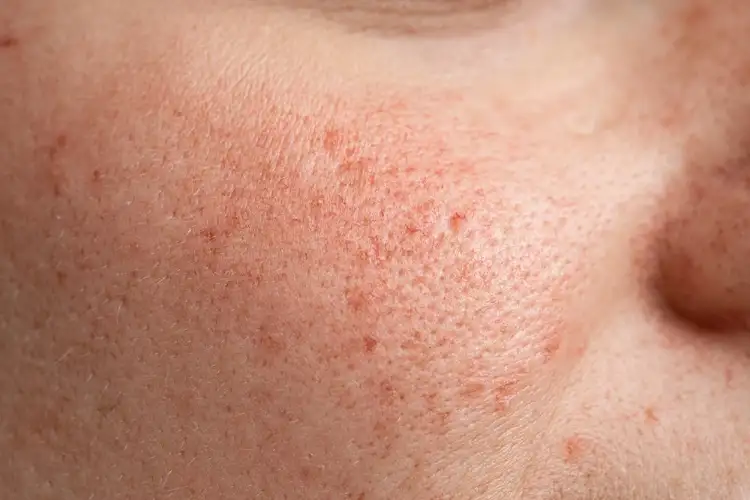











:max_bytes(150000):strip_icc():focal(749x9:751x11)/alfonso-ribeiro-and-daughter-ava-051623-733bbb81bf864afe97f1ddbcc575e17c.jpg)

















